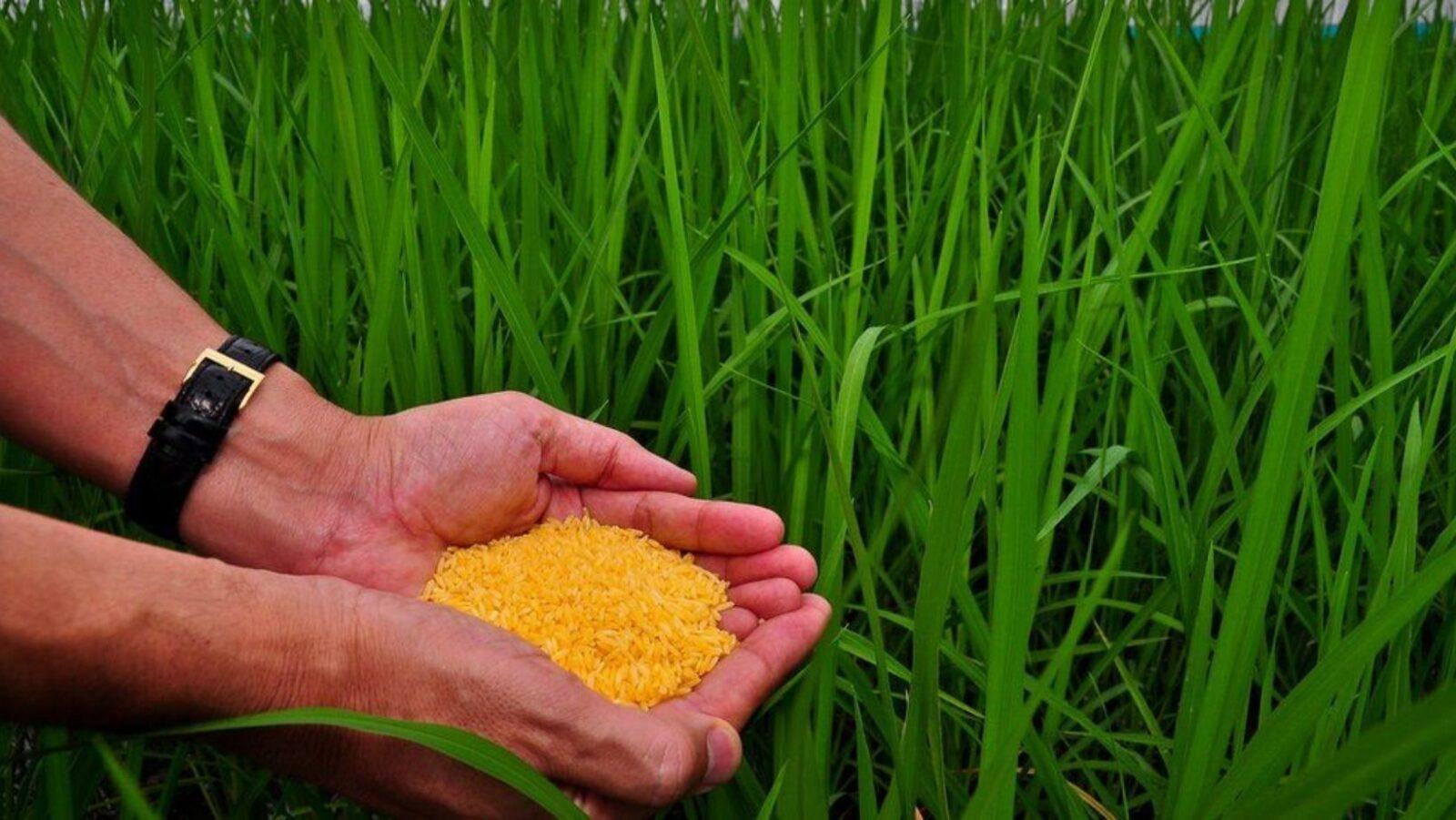Decades ago, the Pasig River was one of the most important bodies of water in Manila, and one of the most important river systems in the country.
As far back as records go, the river was a busy trading post, linking Manila with the rest of the Philippines as well as other countries. During the Spanish and American periods, the river was one of the most beautiful parts of the city.
That came to an end during World War II, when Japanese soldiers destroyed a huge part of the river’s banks during the Battle of Manila. After the war ended, the river was never able to truly recover.
As the city grew, the river became a dumping ground for factory waste byproducts and household sewage.
The Pasig River in the 1930s. | Photo by John Tewell
Just the sight (or smell) of the Pasig River makes it clear that it is not in a good place. From being an idyllic part of the city, it became a cesspool of garbage and toxic waste—everything Captain Planet warned us about, basically. But how badly is the river doing, really?
What’s really in the Pasig River
The Pasig River has been called a dead river, unable to sustain life. A major factor contributing to this is the extremely low amount of oxygen in the water, due to residences and factories dumping their sewage into the river. The organic matter in the sewage takes up oxygen as it decomposes, leaving very little for organisms like fish.
One study examined the chemical properties of the river water, and rated several samples using a water quality index. Based on this index, a perfect score of 100 signifies perfectly pristine water. The best sample, obtained from near Manila Bay, scored a 16. Other samples obtained closer to the center of the city scored as low as 6.
Given all of that, there is a long way to go if we want to stand a chance at rehabilitating the river, especially considering the many harmful substances that have been found in the river.

Heavy metals are some of the most abundant pollutants in the river. These metals, including nickel, lead, copper, manganese, and zinc, come from industrial waste dumped into the river. They are unhealthy for plants and animals, especially in high concentrations.
Studies have found a wide variety of other dangerous substances in the river. The Hepatitis E virus—which could infect people living near the river who ingest river water—has been found in some samples. Even high concentrations of ibuprofen, a common drug sold in the Philippines as Advil and Alaxan, have also been found, which can also be harmful to river organisms.
This is not to say, however, that Pasig River is without hope.
A river, a phoenix
For decades, there have been efforts to save the river, and restore it to its former glory. The Pasig River Rehabilitation Commission (PRRC) has been in charge of this effort since 1999. Slowly but surely, they have made efforts to improve the conditions of the river. By rehabilitating tributaries, collecting garbage from the river, and establishing environmental preservation areas, they hope to make the river usable again. Thanks to these efforts, the Pasig River was one of the finalists for the Theiss International Riverprize, an award that recognizes outstanding efforts in the rehabilitation of river systems around the world.
The Pasig River was once a highlight of the city. With a lot of work — and a lot of time — there is hope that it can be, once again.
References
- Alejandro, Reynaldo G., and Alfred A. Yuson. Pasig: River of Life. Unilever Philippines, 2000.
- http://www.prrc.gov.ph/
- greenpeace.org/seasia/ph/Global/seasia/report/…/lndustrial-pollution-in-pasig.pdf
Cover photo by CEphoto, Uwe Aranas
Author: Luis Wilfrido Atienza
Luis Wilfrido Atienza currently works as a copywriter at a sustainability agency. When he’s not at work, spends his time on science writing (and occasionally, poetry).








